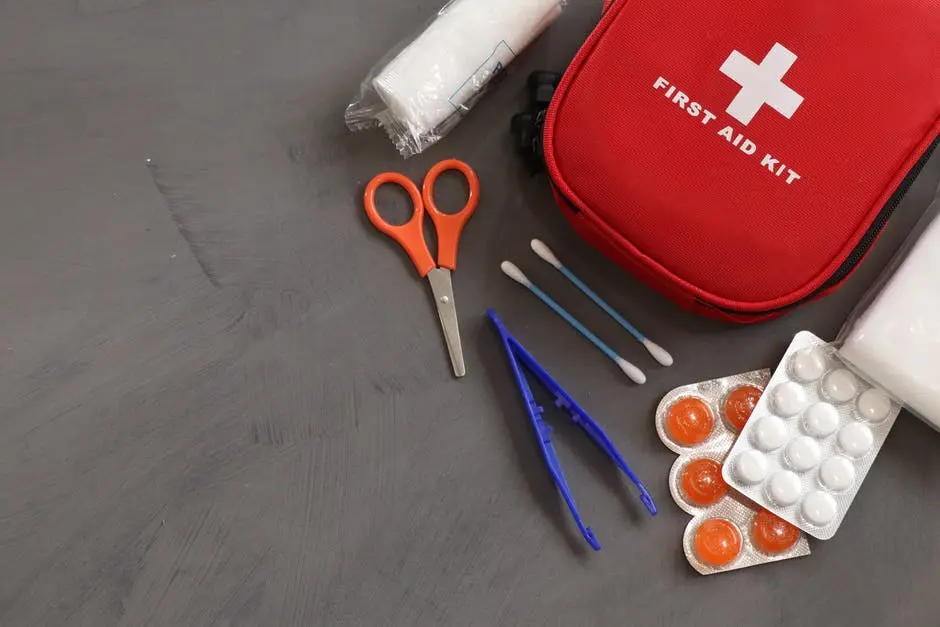Are you an athlete who wants to minimize the chances of getting hurt while participating? Do you want to learn how to handle basic first aid procedures?
Getting injured sucks. It not just disrupts your routine and takes away some of your self-confidence. But it could mean missing out on crucial events, which is worse.
While it’s not possible to eliminate injuries in sports, taking care of some first aid procedures beforehand can minimize the consequences. Read on to learn about the common first aid injuries in sports and how to handle them.
Table of Contents
Understanding the Basics of Sports First Aid
Understanding the basics of sports first aid is vital for the safety of athletes. The first step is to learn how to assess an injury properly. This includes evaluating for signs of shock, rapid blood loss, swelling, and severe pain.
The next step is determining how to provide basic first aid, such as dressing wounds and controlling bleeding. People involved in sports and physical activities must have knowledge of emergency procedures.
Knowing about first aid and obtaining first aid certification can provide peace of mind for all athletes and coaches. You can check https://cprcertificationnow.com/products/first-aid-certification-online if you are interested in learning first aid.
Common First Aid Injuries in Sports
It is crucial to identify the injury and provide the appropriate treatments correctly. Here are a few to get you started:
Burns and Blisters
Burns and blisters can occur due to friction caused by running. You may also get through contact with a hot surface. In such cases, it is vital to immediately care for the burn or blister to prevent further irritation.
Bandages, hydrogen peroxide, and antiseptic ointment are essential for wound cleaning and dressing. If needed, cold compresses can help reduce swelling and redness.
Sprains and Strains
These injuries occur due to overstretching or tearing of ligaments, muscles, and tendons. Common injuries include ankle sprains, hamstring strains, knee ligament injuries, and shoulder sprains.
Treatment typically involves rest and ice. Compression and elevation can also help reduce swelling and reduce pain.
Concussions
A concussion is a traumatic brain injury caused by a blow or sudden motion to the head. It doesn’t usually require emergency care. But knowing the symptoms is the key to ensuring an athlete recovers adequately.
Signs of a concussion can include confusion, dizziness, nausea and vomiting, headaches, and ringing in the ears. Immediate emergency care is needed if the person exhibits more severe symptoms. This includes loss of consciousness, poor coordination and balance, and slurred speech.
Fractures
Fracturing bones can be a severe and painful injury. It can limit a person’s ability to perform regular activities.
A fracture can lead to a lengthy healing process and potential complications. Immobilizing fractures include securing the affected area with a splint and pressing firm compression bandages.
Bleeding Injuries
Cuts, bruises, and broken bones can all result in bleeding. The first step towards treating bleeding injuries is to staunch the blood flow by applying direct pressure.
If the bleeding is severe, it may be necessary to use sterile gauze, a sterile bandage, or a pad. It is also essential to ensure the wound is cleaned as soon as possible to reduce the risk of infection.
The Importance of Learning First Aid Treatments
Sports can be highly physical and competitive, leading to various injuries and health dangers. And proper knowledge of first aid treatments is a must to prevent further damage.
So don’t hesitate to educate yourself on first aid injuries in sports!
Did you enjoy this article? Visit our site for more!

